To get your electrical box fitting in with your walls, you may need to know what size mud ring works best for 1/2" drywall. Most homeowners regret the aftermath when they couldn't imagine what it’s going to look like. We researched this dilemma and here’s what we discovered.
The NEC code allows you to use either 1/2" or 5/8” size mud ring for 1/2" drywall. People go for a 5/8” upsize mud ring to avoid the box recessing into the drywall. Choose a 1/2" size mud ring if you’re okay with the slight recession. If you can’t decide, you can opt for adjustable mud rings.
The debate between picking the nominal size and upsizing has been going on for years. There is no one correct answer, and everyone is free to choose either. We’ll discuss how homeowners and electricians choose their size mud ring, so keep reading.

NEC Code
For boxes put in both combustible and noncombustible types of material, the National Electrical Code (NEC) specifies minimum setback distances.
Boxes must be installed so that the front edge won't be set back more than 1/4" from the finished surface in walls or ceilings made of noncombustible material (concrete, tile, etc.).
Boxes in combustible-material walls or ceilings, such as wood, must be flush with or extend beyond the finished surface. These guidelines are simple to comprehend, but they are frequently neglected.
To reiterate, boxes must either be flush with the final surface of combustible material or extend beyond it. The front edge of the box, made of noncombustible material, should be within 1/4" of the final surface.
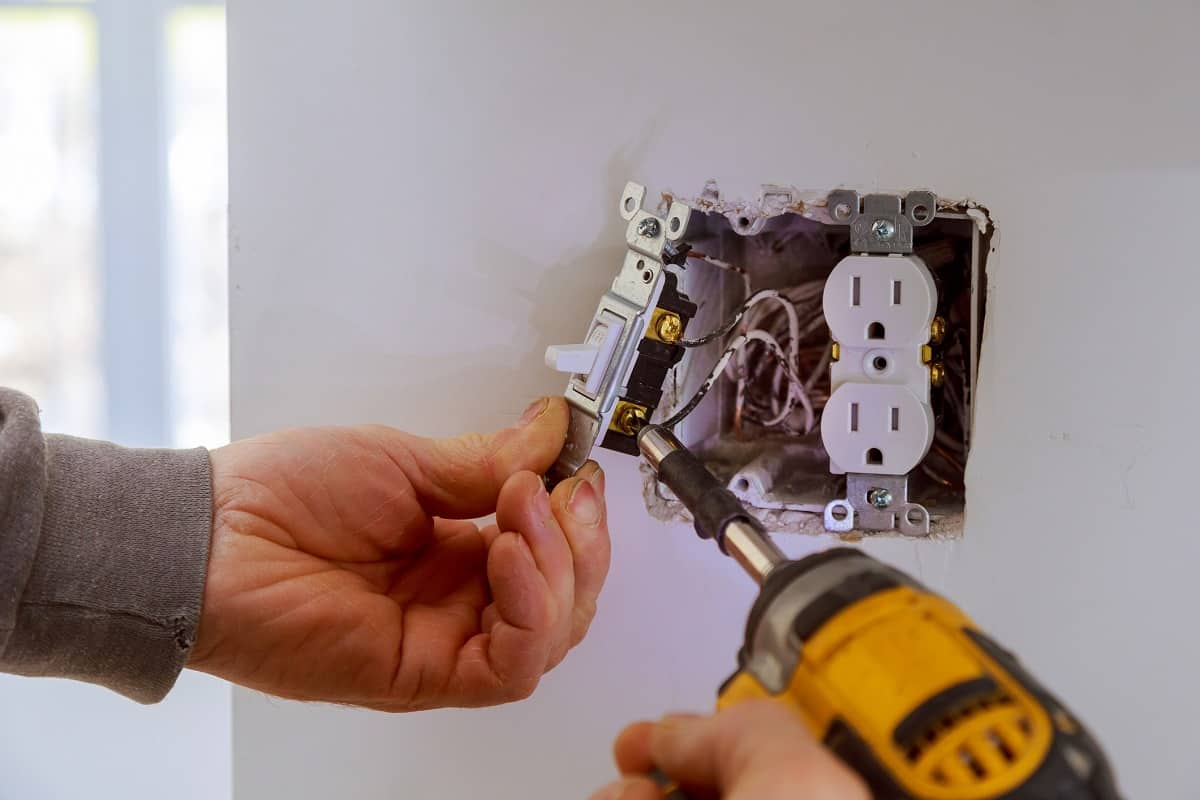
Why Choose 5/8" Mud Ring
Buying 1/2" mud rings for 1/2" drywall seems like the obvious choice. Because of this, many individuals and particularly DIY-ers have done so only to be disappointed with the results.
A homeowner bought 1/2′′ mud rings since he was installing 1/2′′ drywall on the walls. He expected that when he finished, his mud rings would be flush with the front of the drywall. However, it didn’t turn out that way.
The screws holding the mud rings to the junction boxes have around a 1/8" head. The distance between the front of the plate and the front of the drywall is 1/2" from front to back.
Another was worried that his inspector wouldn't allow it. Then, he thought of purchasing 5/8” mud rings for his 1/2" drywall.
The box is separated from the drywall by an additional 1/8" thanks to the heads of the 8/32 screws in its corners. If nominal, it will cause it to be recessed, but if size up, it will be almost flush.
You lose 1/8" due to the screws and an additional 1/16" due to the thickness of the sheet metal. Most of them are exchanged for +1/8”.
Better Than It Recessing
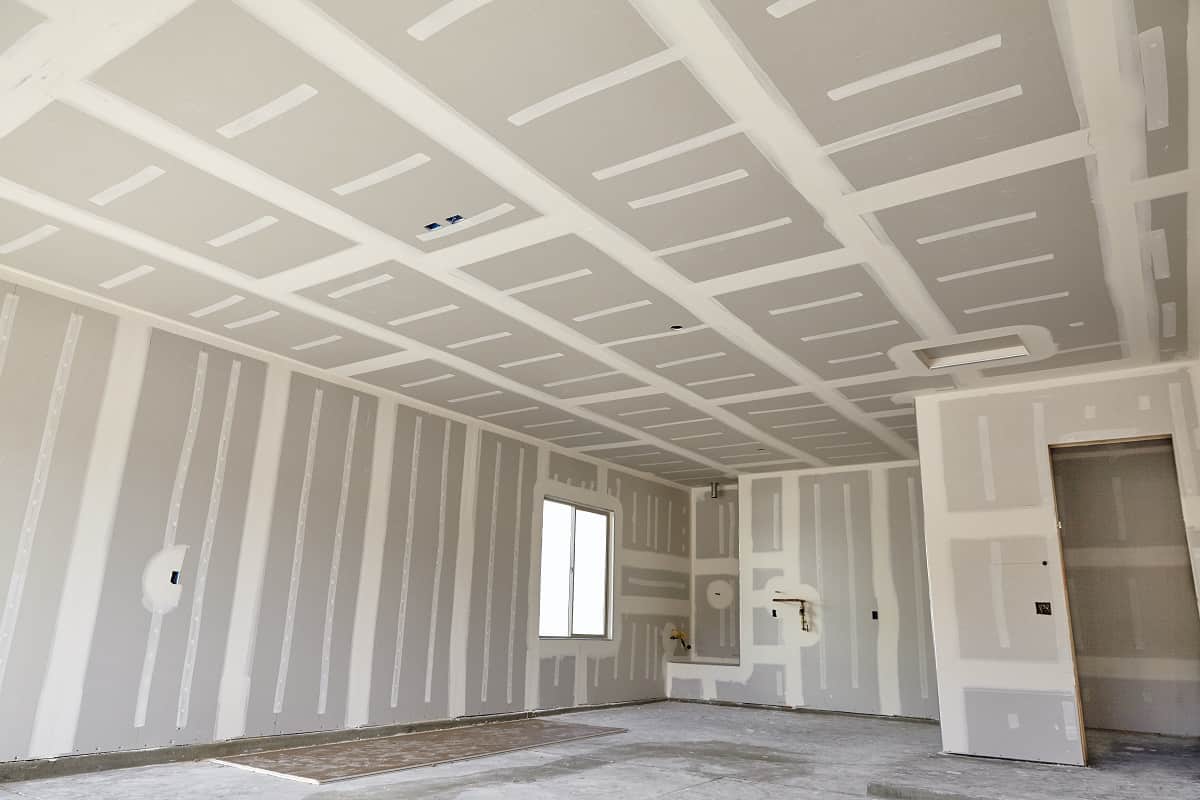
Using the same size mud ring as the drywall always seemed to lead to a 1/4 recession in the wall, no matter if it was steel or wood studs.
Here's the story of another annoyed homeowner. He preferred to upsize because he finds the ability to tighten a gadget to a flush ring is wonderful.
It wasn’t mentioned anywhere in the manufacturer's paperwork or brochures that the mud ring size should match the thickness of the drywall.
For various wall thicknesses and sheathing kinds, they provide several different depths. So, utilization is at the installer's discretion.
Using a nominal size would possibly make the mud ring protrude more than 1/4". To comply with the requirements of 314.20, you must either make the necessary corrections or apply arc shields to bring the area flush.
The use of 1/8" deeper rings is less of a neat solution. It’s more of a requirement to work around the mud ring screws keeping the sheetrock away from the box, the uneven framing surfaces, and variations in how the sheetrock is installed.
Test It on a Sample Drywall
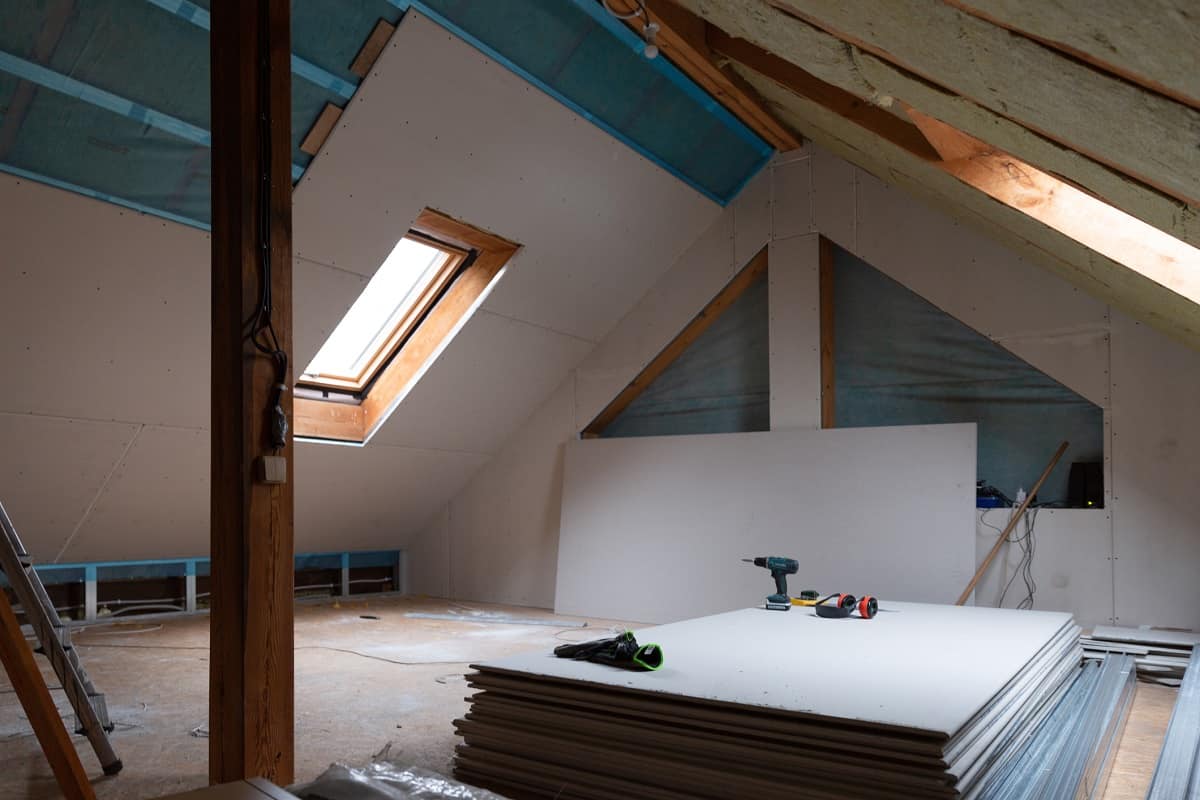
You can try testing it before hanging your drywall. Hold a tiny piece of drywall over two studs in front of the box, making sure it has a blunt edge rather than a tapered one. If the box obstructs the drywall, it is either too far forward or affixed on an uneven stud.
When using bracket boxes, the correct bracket location at the stud face should position the box 1/8" back from the drywall.
This leaves space for the mud ring and screws without pushing the drywall out and taking into consideration the additional 1/8" mud ring depth required for a flush fit.
The depth raised is the distance from the rear of the ring rear to its face. Accounting for this, 5/8 raised rings are ideal for 1/2" drywall, and 3/4" raised rings are ideal for 5/8" drywall.
Code permits a 1/8" drywall recess, but you can prefer flush boxes. Though, if the box is installed incorrectly, you will have to deal with a protrusion or an uneven plate.
The use of metal boxes and mud rings seems to make it simple to get a good fit. You can use the deep 4-square boxes for work around your home.
Set the metal edge back far enough so that both the plaster ring and the screws holding it in place are hidden behind the drywall. This works flawlessly, without causing your drywall to swell, using a 5/8" plaster ring and 1/2" sheetrock.
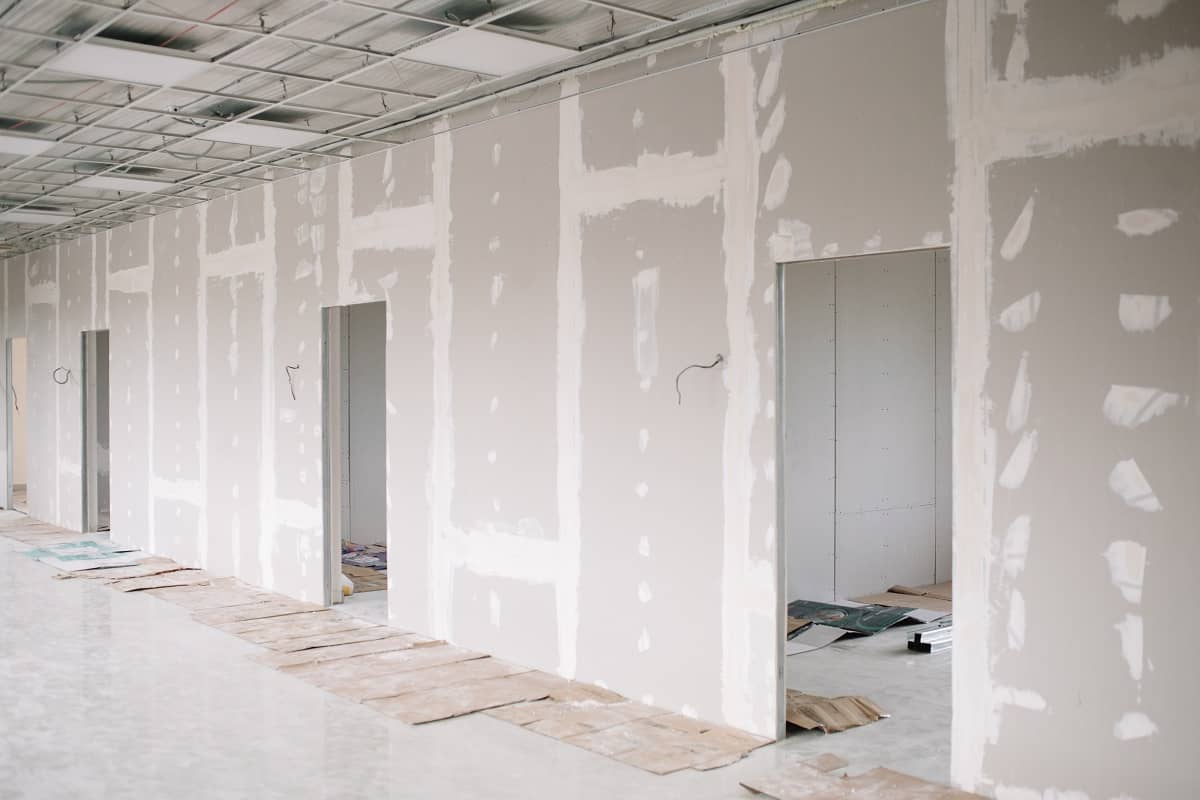
Why Choose 1/2" Mud Ring
Many want the electrical box to be flushed out of the drywall, which is why they upsize. Though, if for some reason during installation you manage to get everything flush, you might end up with a murdering that slightly protrudes from the drywall. Once you've got to this point, the problem is very difficult to fix.
When installing switches and outlets, it is simpler to insert a few shims if the ring is slightly recessed and sized to the drywall size. As a result, it appears to be less exact but easier to fix.
Logically, you should use the mud ring depth that corresponds to your drywall requirements. It shouldn't stick out past your drywall. Keep in mind that your yokes will be fastened to the mud ring's surface, enhancing its proud appearance.
It's Not That Bad
It is common to mistake a 3/4" when you are going to install a 5/8" in for 1/2" drywall. It can be unsightly with steel rings if they end up sticking past the drywall. You can't grind off the steel rings.
Drywall is non-combustible, so some never oversize a plaster ring. It shouldn’t be a problem if the ring is slightly recessed. Wiring devices don’t go with 1/4" wire screws.
Some electricians use mud rings with the same depth as the drywall. They say it is bad to see a mud ring protruding from the wall. However, according to others, traditional depth rings come out at least a 1/8" recessed.
The 1/8" upsize is a clever method, and it might even be a "better" way to do it. But it also isn't right to say that doing it the other way is "bad" when they are normally fitted that way.
Some argue that it’s better to have the ring 1/8" recessed rather than 1/8" proud of the wall surface.
Adjustable Mud Ring
Flexible job sites are made possible with adjustable mud rings. It offers a flush finish for outlet boxes mounted on studs. They are made to fit boxes installed behind drywall or in other situations where the depth varies.
The Inner Ring can be easily modified to fit the proper depth after the drywall is put up, saving the electrical installer time. Even after the device is mounted, the adjustment screws are readily visible and reachable.
Adjustments for the inner ring range from 1/2" to 1 3/8” following the installation of the drywall to match the depth. It can also be utilized to support low-voltage devices independently.
Click here to see this 1-Gang Low-Voltage Mud Ring on Amazon.
In Closing
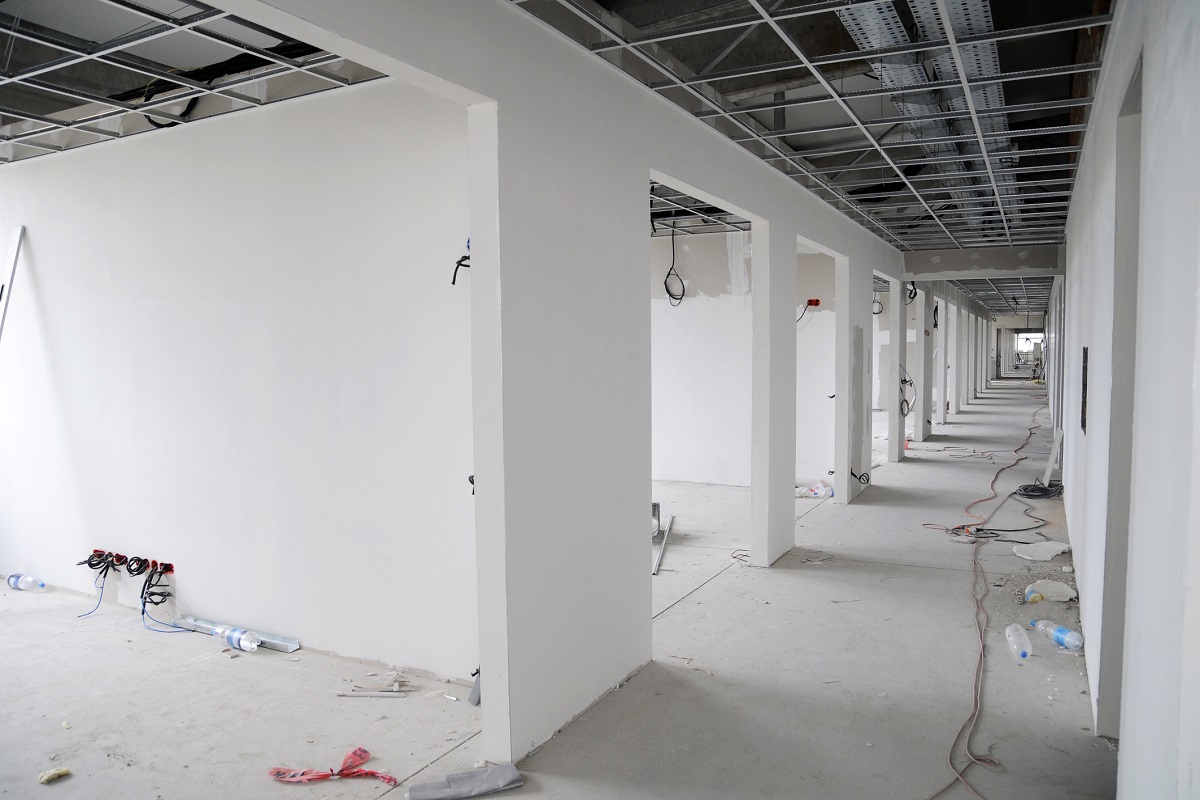
Whether you choose the same size or upsize, you can always try both in a piece of drywall. Innovators recently created adjustable mud rings to address this deadlock. At the end of the day, choosing is a matter of individual preference.
If you found this article helpful, you might also like our other posts.

